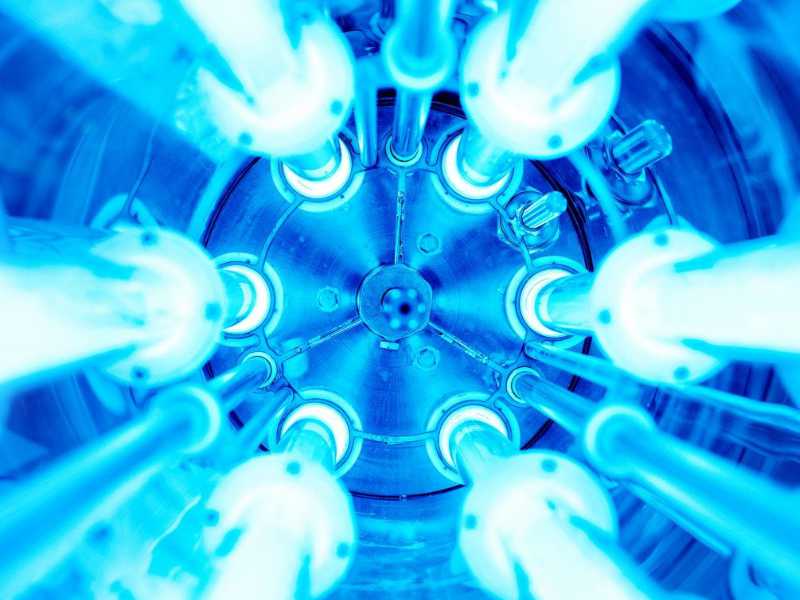Water is an essential resource for human life. It is necessary for drinking, cooking, bathing, and cleaning. However, not all water is safe to consume or use. Harmful bacteria, viruses, and other pathogens can exist in water sources, and it is important to remove them to ensure the safety of the water. One of the most effective ways to eliminate pathogens in water is through UV water sterilisation. In this article, we will explore how UV water sterilisation technology works and how it keeps your water clean.
What is UV Water Sterilisation?
UV water sterilisation is a method of water treatment that uses ultraviolet (UV) light to eliminate harmful microorganisms in water. This technology has been used for several decades and has been proven to be highly effective at killing bacteria, viruses, and other pathogens.
The process of UV water sterilisation involves passing water through a chamber that contains a UV lamp. The lamp emits UV-C radiation, which has a wavelength of 253.7 nanometres. This wavelength is highly effective at disrupting the DNA of microorganisms, which prevents them from reproducing and ultimately causes their death.
How Does UV Water Sterilisation Work?
UV water sterilisation works by disrupting the DNA of microorganisms in water. The UV-C radiation emitted by the UV lamp is absorbed by the DNA of the microorganisms, causing damage to their genetic material. This damage prevents the microorganisms from reproducing and ultimately causes their death.
UV water sterilisation is highly effective at killing a wide range of microorganisms, including bacteria, viruses, and protozoa. It is particularly effective at eliminating bacteria such as E. coli, Salmonella, and Legionella, which are common causes of waterborne illness.
Advantages of UV Water Sterilisation
UV water sterilisation has several advantages over other methods of water treatment, such as chlorination or ozonation. Some of the key advantages of UV water sterilisation include:
No Chemicals: UV water sterilisation does not require the use of any chemicals, such as chlorine or ozone. This means that there are no harmful byproducts produced during the treatment process, and the water does not have any taste or odour associated with chemical treatment.
Highly Effective: UV water sterilisation is highly effective at killing a wide range of microorganisms, including bacteria, viruses, and protozoa. It is particularly effective at eliminating chlorine-resistant pathogens such as Cryptosporidium and Giardia.
Low Maintenance: UV water sterilisation systems are relatively low maintenance compared to other water treatment systems. The UV lamps typically need to be replaced every 12 to 24 months, depending on usage, and there are no chemicals to handle or store.
Environmentally Friendly: UV water sterilisation is an environmentally friendly method of water treatment. It does not produce any harmful byproducts or waste, and it does not contribute to the formation of disinfection byproducts, which can be harmful to human health.
Limitations of UV Water Sterilisation
While UV water sterilisation is highly effective at eliminating microorganisms in water, it does have some limitations. Some of the key limitations of UV water sterilisation include:
Ineffective Against Chemical Contaminants: UV water sterilisation is not effective at removing chemical contaminants from water, such as pesticides or industrial chemicals. It is important to ensure that water is tested for chemical contaminants and treated accordingly.
Limited Contact Time: UV water sterilisation requires a certain amount of contact time between the UV-C radiation and the microorganisms in water to be effective. This means that the water must be exposed to the UV-C radiation for a sufficient amount of time to ensure that all microorganisms are eliminated.
Low Turbidity: UV water sterilisation is most effective when the water being treated has low turbidity. Turbidity refers to the cloudiness or haziness of water caused by suspended particles. High turbidity can reduce the effectiveness of UV water sterilisation by blocking the UV-C radiation from reaching the microorganisms in the water.
Power Requirements: UV water sterilisation systems require a source of electricity to operate. This means that they may not be suitable for areas without access to reliable power sources.
Initial Investment: UV water sterilisation systems can be more expensive to install than other water treatment methods, such as chlorination. However, they typically have lower ongoing costs and require less maintenance over time.

